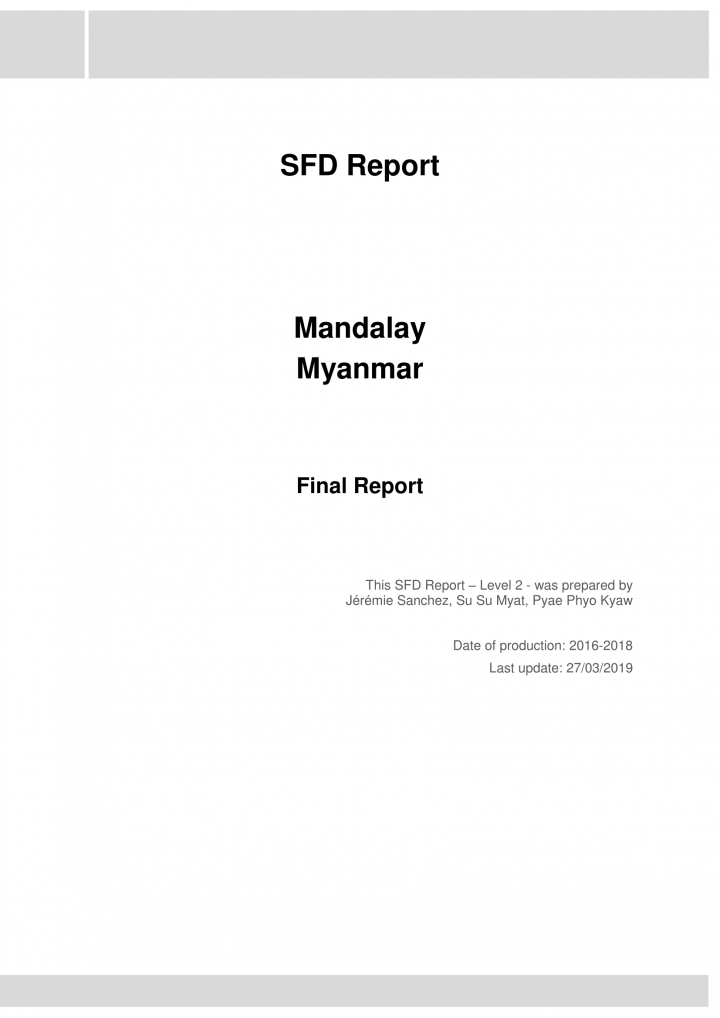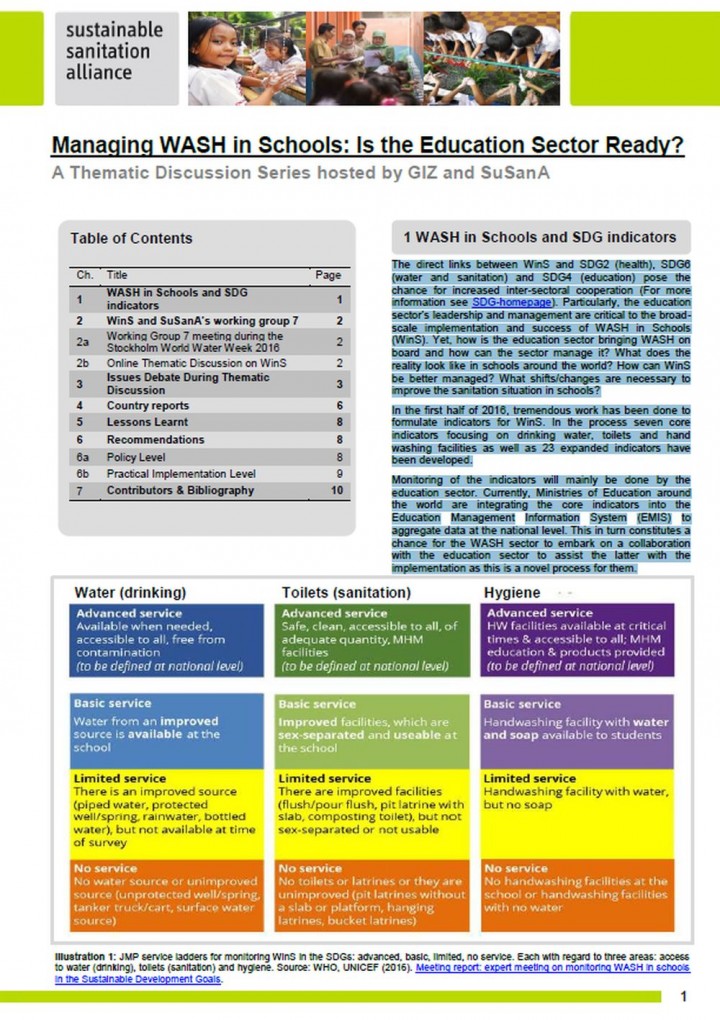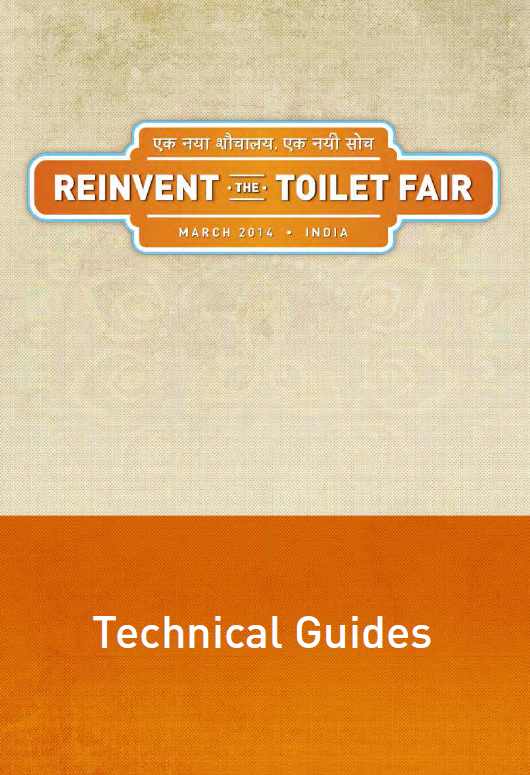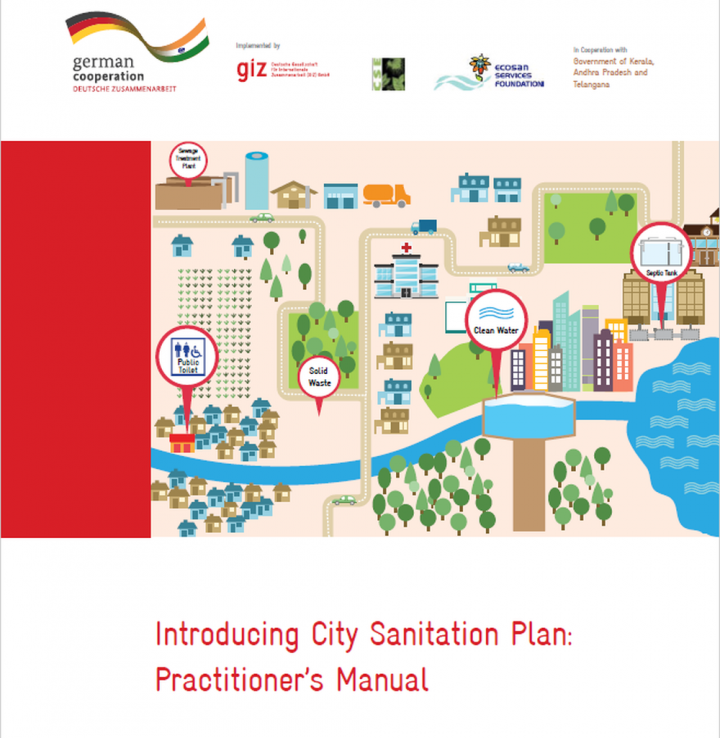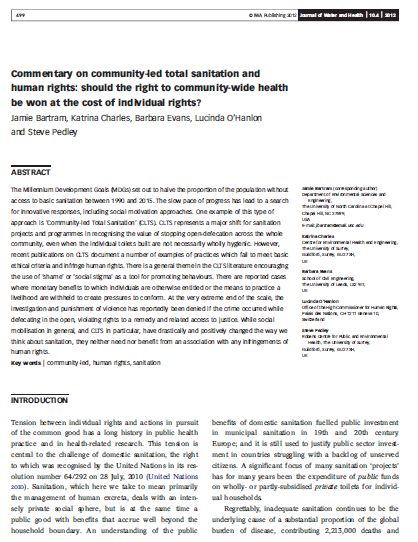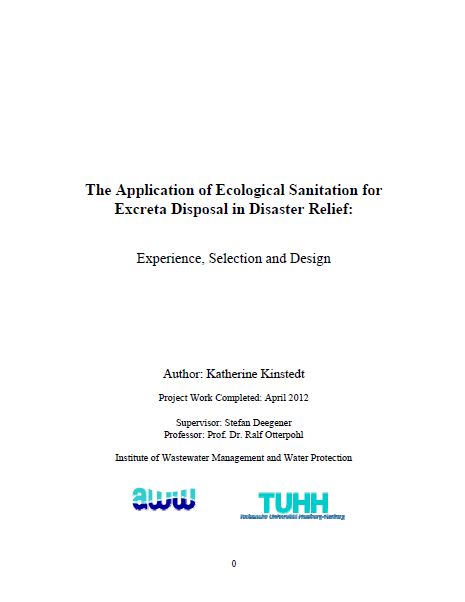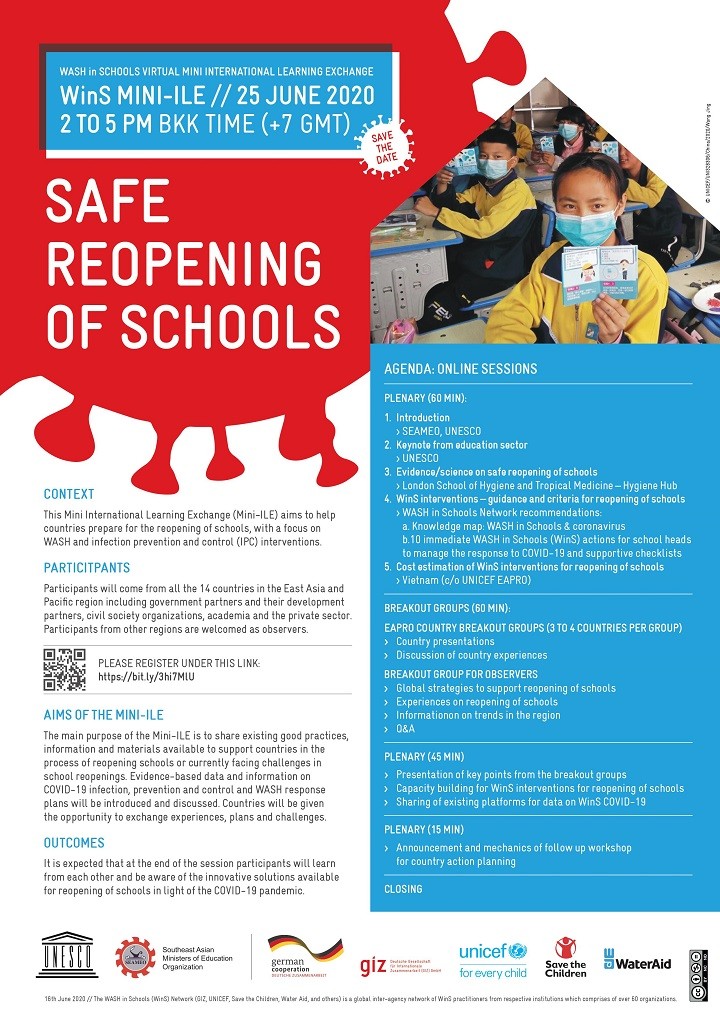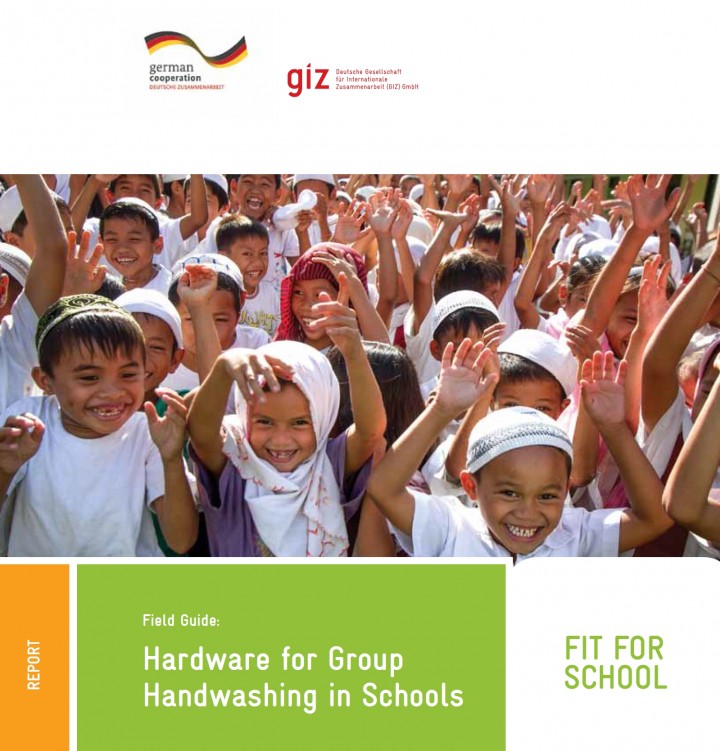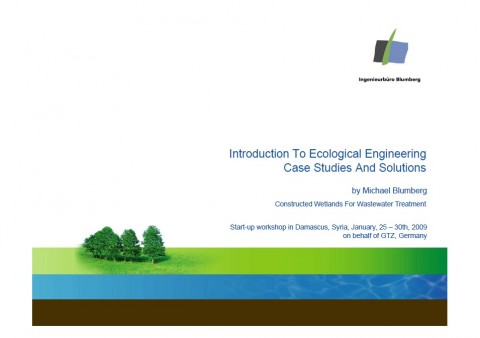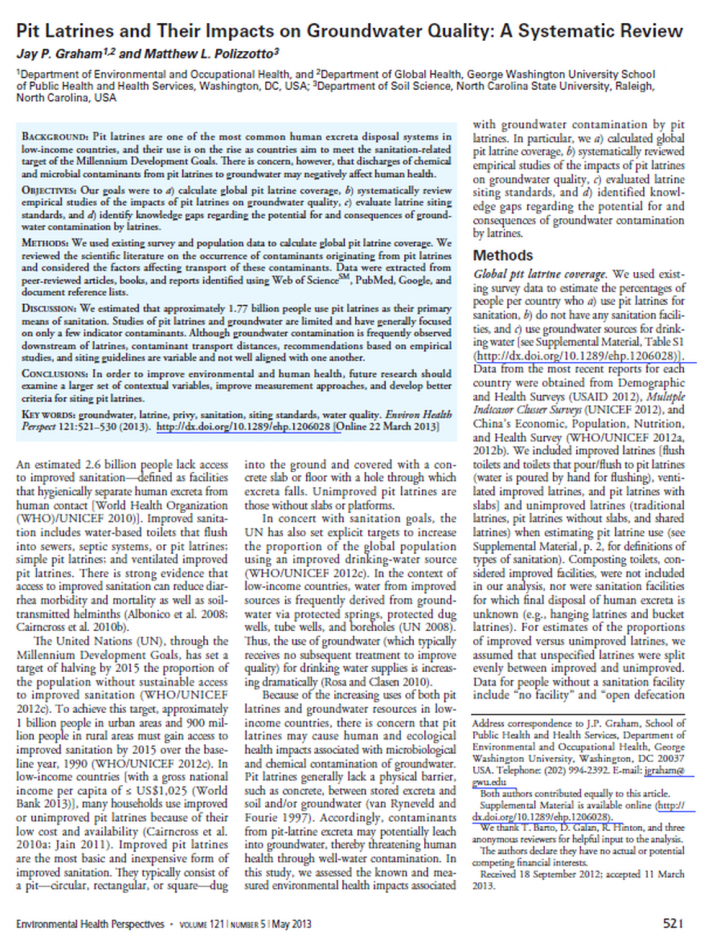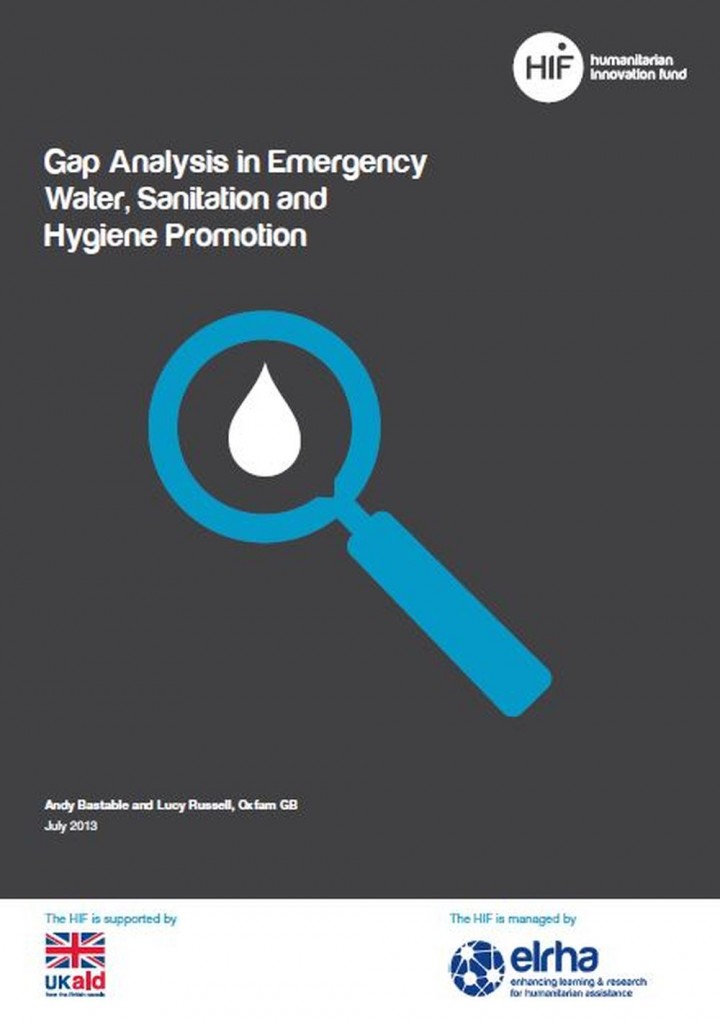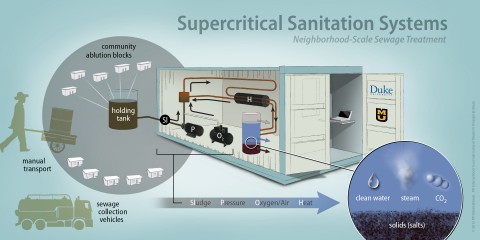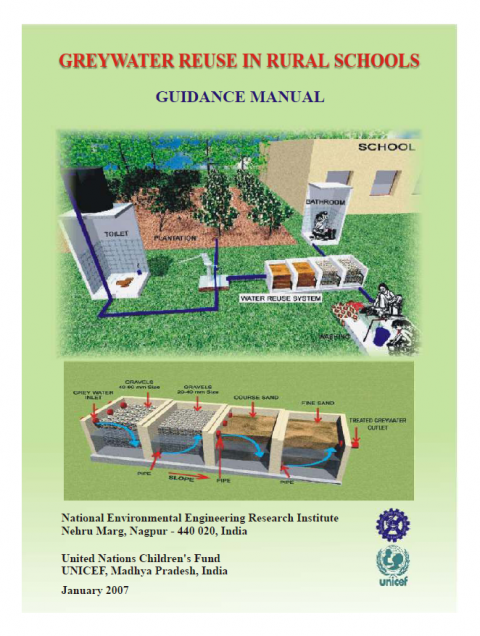Searching for information on Sanitation Workers?
The Sanitation Workers Knowledge + Learning Hub is the best source for all current news, trends, articles and updates on sanitation workers rights around the world.
Globally 52% of the female population is of reproductive age, meaning approximately 1.9 billion women and adolescent girls menstruate each month for between two and seven days.
A first examination of the MHM global landscape: literature, academic studies, main actors, and debates, by the Sector Programme Sustainable Sanitation of the Gesellschaft für Internationale Zusammenarbeit (GIZ) was …
Mandalay is located on the bank of the Irrawaddy on a rather flat and low flood plain, in the centre of Myanmar’s dry-zone. Mandalay is the second largest city of Myanmar. Mandalay experiences increased informal settlements due to rapid expansion.
All sanitation infrastructures in Mandalay are onsite. The SFD graphic shows that 100% of excreta is not properly managed. It consists of 34% of …
The direct links of WinS to SDG3 (health), SDG4 (education) and SDG6 (water and sanitation) pose the chance for increased inter-sectoral cooperation. Thereby, the education sector’s leadership and management are critical to broad-scale implementation and success of WinS. Yet, how is the education sector taking WASH on board and how can the sector manage it? How does the reality look like in …
Featuring partners of key Government of
India ministries, and the Bill & Melinda Gates
Foundation, the fair showcased innovative
products and approaches that aim to bring
safe, affordable, and sustainable sanitation
to those who need it most. These include
efforts to create toilets that are not connected
to water, sewer, or electricity; to improve
the collection, treatment, and disposal …
“Introducing City Sanitation Plan: A Practitioners Manual” is a culmination of the long drawn process in introducing the importance of CSP for city development. It aims - to sensitize practitioners (key ULB level officials, decision makers, city engineers etc.) to the importance and significance of the CSP as a planning and guidance tool; to support them in understanding key concepts of the …
Tokha Municipality is an ancient city of Kathmandu district in Province No. 3 of Nepal. The total population of Tokha Municipality is 99,032 residing in 25,561 households. Majority of people of Tokha Municipality are dependent on municipal water supply. People who do not have access to municipal water supply system get water from their own sources, mostly groundwater such as well and tap water. …
An overview of, as well as the presentations from the Mini ILE can be found following the first external link below "Resources and Overview of the ILE Virtual Conference". Additional resources are provided following the other external links as well as in the provided PDF "WASH in Schools Checklist to Manage COVID-19 Response".
• Prohibition of Employment as Manual Scavengers and their Rehabilitation Act 2013 bans hazardous cleaning of sewer/ septic tanks.
• Definition: Hazardous cleaning by an employee, in relation to a sewer or septic tank, means its manual cleaning by such employee without the employer fulfilling his obligations to provide protective gear and other cleaning devices and ensuring observance of …
Understanding that the school environment can enable development of healthy behaviors among children who may not have the same learning opportunity in their homes, schools serve as the center of development. Adapted from the experiences of Filipino NGO, Fit For Schools, this toolkit of effective handwashing tools promotes handwashing programs designed for schools and inspires a healthy learning …
Coimbatore is the second largest city in terms of area in the state of Tamil Nadu. It is one of the fastest growing secondary cities in India and a major hub of textiles, industries, commerce, education, information technology, healthcare and manufacturing in Tamil Nadu. It is administered by the Coimbatore City Municipal Corporation (CCMC).
The 76% of the excreta properly managed originates …
Shankharapur Municipality is located in Kathmandu District in Province No. 3 of Nepal. It consists of 13 wards with the total population of 27,202 people residing in 5,607 households. The main sources of drinking water in Shankharapur Municipality are public taps, household bores and wells. Majority of the population are dependent on the public water supply (75%) and remaining 25% of the …
Background: Pit latrines are one of the most common human excreta disposal systems in low-income countries, and their use is on the rise as countries aim to meet the sanitation-related target of the Millennium Development Goals. There is concern, however, that discharges of chemical and microbial contaminants from pit latrines to groundwater may negatively affect human health.
Objectives: Our …
The emergency Water, Sanitation and Hygiene Promotion (WASH) gap analysis project was funded by The Humanitarian Innovation Fund (HIF), a program managed by Enhancing Learning and Research for Humanitarian Assistance (ELRHA) in partnership with the Active Learning Network for Accountability and Performance in Humanitarian Action (ALNAP), and is a component of a larger initiative to identify and …
This library entry contains documents for a grant that Maria Laura Alzua is leading and which is funded by the Bill and Melinda Gates Foundation.
Goal:
to improve the evidence of the effectiveness of Community Led Total Sanitation Programs on health and behavioral outcomes
Purpose (copied from Trial description: https://clinicaltrials.gov/ct2/show/NCT01900912):
Behavioral change is a …
For two decades, solid waste components in World Bank projects have focused on collection of solid wastes, with equipment provided to upgrade operations at existing open dumps. Since early 1990, the private sector has become increasingly being involved in the collection, disposal, and treatment of solid waste and World Bank projects have placed greater priority on implementation of new sanitary …


